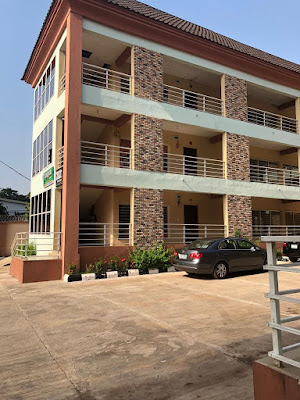GRADES OF BRICKS FOR BUILDING CONSTRUCTION
 |
| Antique bricks |
Construction Bricks are inches long rectangular shaped units, solidly manufactured with clay; mainly used on wall surfaces for beautification. It comes in varieties of shapes, colors, textures and thickness; plastered on wall surfaces with mortar for building construction.
We will be grading bricks according to the raw materials they are made from, their shapes and on their qualities.
Bricks Based on their Raw Material Composition:
There are five basic grades of bricks under this section. The concrete bricks, sand-lime bricks, fire bricks, fly-ash bricks and burnt bricks. The concrete bricks also known as mortar bricks are bricks made from concrete. Pigmentation during production presents varieties of colors.
They are quite unpopular among builders so they are mostly used for beautifying fences, facades and home interior. They made quite a good sound proof and are fire resistant.
Sand-lime bricks also called calcium silicate are produced by a blend of fly-ash, sand and lime bonded together by heat and formed into brick units. Sand-lime bricks are quite strong; they are load bearing bricks and good for structural construction. They are grey in color unless if pigment for coloration is added during production then they can be used as beautification bricks. The bricks are all well shaped which makes it easier for use in construction. They don’t need much mortar when installing them.
Fire bricks are produced from a particular form of soil that is composed with a good number of aluminum oxide. They are good fire proof as they are allowed to burn in a high temperature firing which makes it a good choice for installation on fire places and chimneys. They are also called refractory bricks.
Fly-ash bricks: fly-ash is an incidental product of coal burning. Fly-ash bricks are produced from clay and fly-ash form together in firing of about 1,000 degree Celsius. They weight light, good for structural building, smooth surfaced and also a good fire proof. It is composed of high amount of calcium oxide which makes it to self-cement.
Burnt clay brick: They are olden day material for construction as it can be seen in old building structures around the world like The New Artists’ Residency in Senegal and The Puni Distillery in Italy. It is produced by molding clay and firing them up to dry and harden in kilns.
Bricks graded based on their Shapes
We are going to talk about six grades of brick under this section.Bullnose bricks are one edged rounded bricks that are used on corners of walls.
Hollow bricks also known as cellular bricks, they are easier and faster to install, they are 20mm in thickness and weigh far less than normal bricks. Mostly used on non-load bearing walls and also used for wall divider.
Perforated Bricks: they are contemporary construction bricks with round holes of 10mm apart inside which are called perforations. They come in various shapes and are light in weight. Their production method is easy and requires less clay. They are great for panel construction in a storied building. They offer resistant against harsh weather.
Coping Bricks are symmetrical slop shaped bricks that gives a particular slopping shape to walls for easy drainage.
Brick Veneers: these are thin sliced bricks in wall cladding mainly used for its aesthetic quality.
Cow nose Bricks: They are quite like bull nose bricks just that both the edges of the bricks are rounded.
Bricks graded based on Quality
First Class Bricks: these are rigorously heated, with standard shape and texture with basic colors of yellow or red. They don’t contain any organic matters and gives off a ringing sound when the bricks hits together. They are mostly used in constructing of buildings planned to last long and for buildings on hazardous environment. Doesn’t absorb much water and excellent for exterior wall construction and flooring.Second Class Bricks: these are bricks that are well heated, very strong and give off a ringing metallic sound when struck with same brick. They don’t absorb much water even when soaked overnight. They come in yellow and red color with slight difference in their shapes and sizes. They are normally used on building not expected to last longer than 15 years like sheds.
Third Class Bricks: these are bricks that are not fully burnt. Their shapes, textures and sizes are irregular with reddish color. It is high efflorescence and gives off a subdued sound when hit with the same brick.
Fourth Class Bricks: these are bricks that are uniformed in their sizes and shapes with dark colors because they are normally over heated. They are strong and their water absorption capability is low. They are not ideal for building construction despite their strength, this is due to their non uniformed shapes and sizes. They are usually used on floors and on roads.

